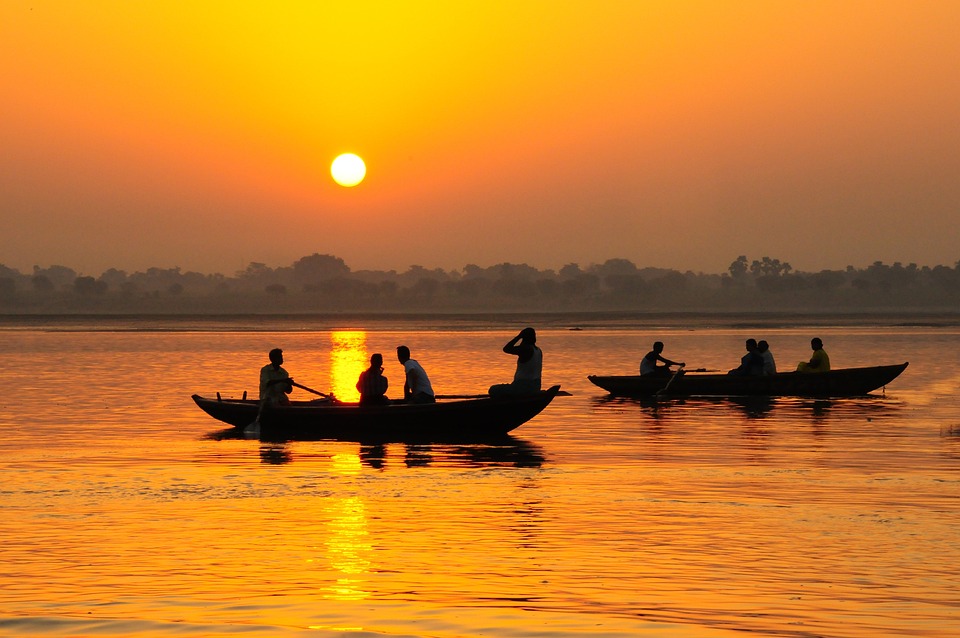India’s landscape is adorned with countless evidence of the ancient world, each telling a multitude of stories that reach back through the annals of time. Amid this rich historical tapestry lies one of the world’s earliest urban civilizations, the enigmatic Indus Valley Civilization. Also known as the Harappan Civilization, this sophisticated society emerged around 2500 BCE and thrived in the basins of the Indus River, spanning what is today parts of Pakistan, Afghanistan, and India.
The Indus Valley Civilization is known for its astonishingly advanced urban planning, complex drainage systems, and uniformity in weights and measures. The ruins of cities like Mohenjo-daro and Harappa showcase remarkable residential structures, public baths, and citadels—reflecting a well-organized society with a high regard for cleanliness and possibly a central government.
Archaeological revelations continue to shape our understanding of the Indus Valley Civilization. The people’s contributions to early writing systems, their distinct seals, and pottery are indications of a culture rich in craft and commerce. The mysterious script, undeciphered to this day, is one of the most tantalizing secrets that the civilization holds.
Image:
[Here, insert a high-resolution image of a typical seal or artifact from the Indus Valley, accompanied by a caption explaining its significance.]
The discovery of the Indus Valley Civilization in the late 19th and early 20th centuries was a turning point in understanding the history of human settlement in South Asia. Despite the fragility of its remnants and the ravages of time, the civilization continues to captivate scholars and enthusiasts alike.
Q: Where is the Indus Valley Civilization located?
A: It is located in the northwestern regions of South Asia, covering areas of present-day Pakistan and western India.
Q: What marked the beginning and end of the Indus Valley Civilization?
A: The civilization is believed to have started around 2500 BCE and had begun its decline by 1800 BCE.
Q: What do we know about the social structure of the Indus Valley Civilization?
A: Detailed information is limited; however, the urban planning and uniform constructions suggest a sophisticated and organized social structure.
Q: Why is the Indus Valley script significant?
A: The script is one of the earliest known written languages. Deciphering it could reveal much about the social, religious, and economic aspects of the civilization.
Q: Are there any notable artifacts from the Indus Valley Civilization?
A: Notable artifacts include seals, pottery, toys, and the famous "Dancing Girl" bronze statue, among others.
Q: How did the Indus Valley Civilization contribute to modern Indian society?
A: Their contributions to city planning, craftsmanship, and possibly trade have had long-lasting influences, with some suggesting their practices still echo in contemporary Indian society.
Through its remarkable legacy, the Indus Valley Civilization continues to offer glimpses into the dawn of urban life and civilization—a civilization as mysterious as it is instructive, reminding us of the enigmatic depths of human history.

